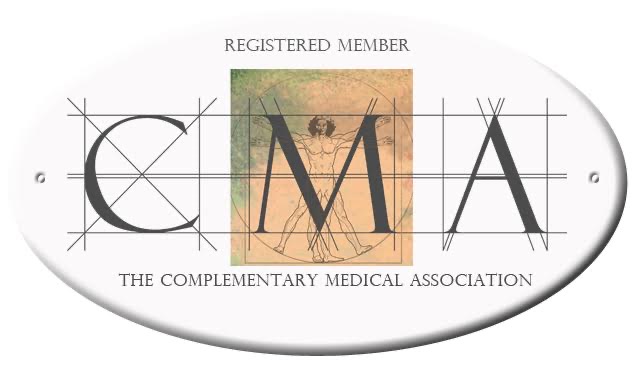Why I back the art of napping
Some years ago, when I was working fulltime in the corporate environment, I learned that the meetings or project work after lunch weren’t necessarily the most productive time for me, or others in the room. Everyone had food in their belly, the circulation of air wasn’t at all like being outside in nature, and it became hard to resist the urge to let your eyelids close (cue reaching for caffeine or sugar to push through).
Studies suggest that ‘biphasic’ sleep, or multiple rest, sleep or nap periods, is a natural process with a biological basis. Yet our busy modern lifestyles may mean that many of us hardly get our solid forty winks at night let alone available time during the day to rest or nap. This is leaving us feeling busier, more fraught and often emptied out. Middle of the day napping was commonplace in many societies up until the industrial revolution when the labour needs of the manufacturing economies caused the custom to die out. So is it time to bring back the middle of the day power nap?
A nap is like a little energy shot, to bridge the cognitive and physical ‘low battery’ we can all experience in the middle of the day, that also coincides with the heightened risk of making errors. Numerous studies (including Harvard School of Public Health, the University of Athens Medical School, University of California Berkeley, and most recently the University College London, and University of the Republic in Uruguay) have shown there are many benefits gained from taking a nap, not just for boosting energy. A nap makes sense for health, wellbeing and performance reasons as well. It can reduce the risk of coronary illness, help us react faster when we need to, remember things better and put us in a happier mood. Naps could also be the key to retaining brain volume as we age.
The timing of a nap
When it comes to the timing of a nap, it’s important to find your own sweet spot so you feel more energised, and at the same time aren’t substituting naps for sleeping at night. Various sleep researchers agree that naps are good as long as they’re no later than 3pm and no longer than 40 minutes.
Some workplaces, especially overseas, are now seeing the value and offering dedicated spaces for people to nap and certainly with ‘at home’ and other hybrid models of working there could be ways to include this is your day.
If the working week is out of question for you, perhaps introducing this during your days away from work could be a start.

Here are my tips for getting the most out of a nap
- Have your midday meal first, so that you’re not hungry when you take your nap.
- Set a timer for 30 minutes. That gives you 5 to 10 minutes to fall asleep and about 20 minutes to rest.
- Consider the time of the day that you take a nap. As a rule of thumb aim for 8 to 9 hours before you go to bed at night so that it doesn’t disrupt your evening sleep cycle.
- If you’re working from home or in an environment that allows, try a warm hot water bottle on the lower belly to speed up the relaxation response in the nervous system.
Look to nature
When it comes to relaxation, our bodies (nervous system) need time. If you think about the animal kingdom, lions don’t spend hours of their day in pursuit of food. Throughout the day, once they’ve achieved what they need to survive, they rest. It’s something human bodies need too – to be in the natural ebb and flow of life.
It might seem obvious, but if you feel compelled to nap it means that your body needs that time to slow down and be quieter, to rest and recuperate.
Perhaps your body or something deeper within yourself yearns for this?
My sessions in Auckland and Cambridge and via Zoom for those who can’t see me in person, provide a dedicated time to rest in nurturing calm. With the lights dimmed, snuggled up with a hot water bottle and cocooned in warm blankets, some people take the opportunity to nap. For others, deep rest in an awake state that is as good as a holiday, and they emerge feeling rested, restored and rejuvenated.
If you’re ready to rest and find a deep sense of calm and stillness, you can find more details about the sessions and times below.





